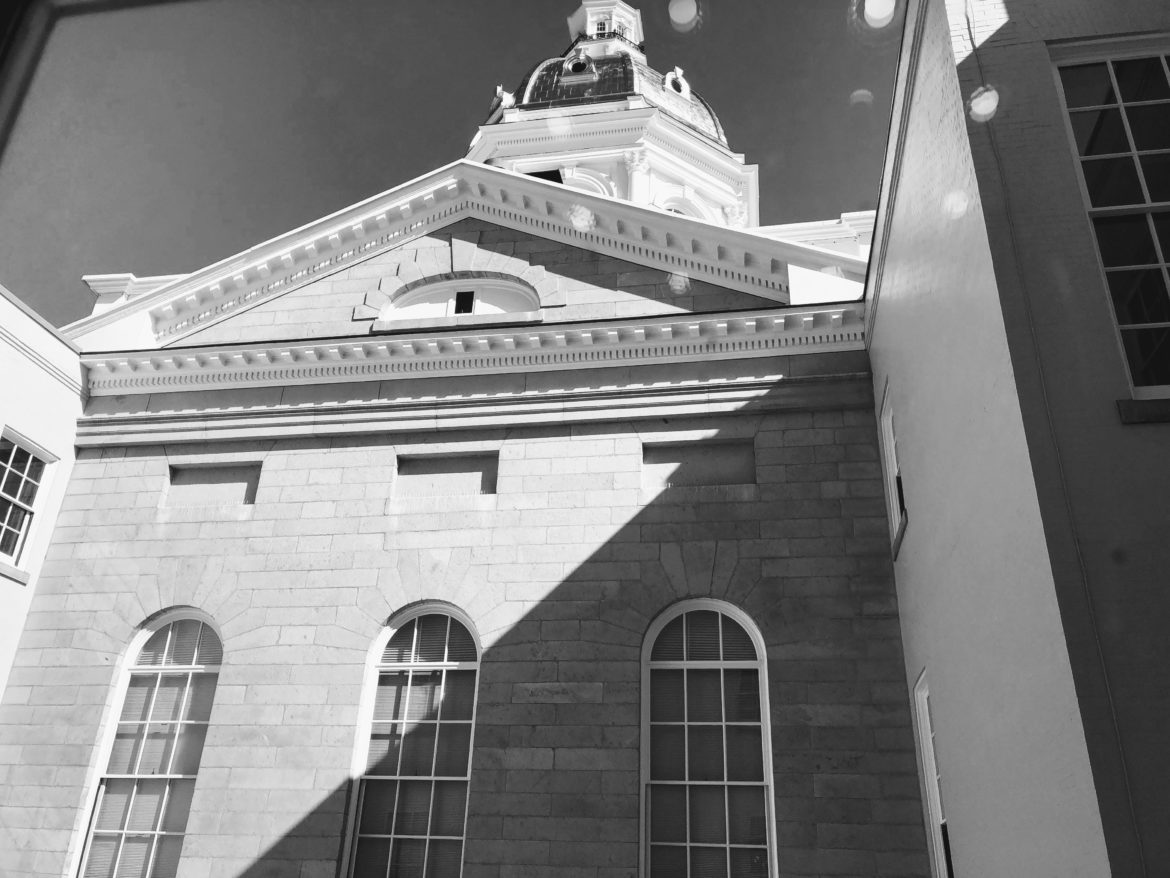By GARRY RAYNO, InDepthNH.org
CONCORD — There is good and bad news in adjusted state revenues for the recently concluded fiscal 2020 released Tuesday by the Department of Administrative Services.
The good news, if you pay business taxes, is state revenues are 5.5 percent below the plan developed by budget writers, not quite hitting the 6 percent trigger to increase business tax rates.
The bad news is revenues are $144 million less than the budget plan, and without additional federal money coming to help fill the gap, there will have to be significant adjustments in the state’s two-year budget to make up for the shortfall.
The initial reporting of state revenues the first of the month is on a cash basis, but then the state’s accountants determine if the money collected for fiscal year 2020 belongs there.
For example, a business may make a payment June 30 that covers the months from July to September of fiscal year 2021. While the money would be included in the cash basis it would not once the “accruals” process or true ups are made.
The figures released Tuesday are $1.4 million less than reported on a cash basis. The biggest adjustments were made to the rooms and meals and interest and dividend taxes.
The final tally will be in the state’s annual comprehensive audit, usually released in December with audited 2020 revenue. If that figure is below the 6 percent shortfall in state general and education fund revenue, there will be no business tax rate increase.
If revenue is 6 percent or more below the budget plan, then business tax rates would return to 2018 calendar year rates.
The business profits tax rate would increase from 7.7 to 7.9 percent and the business enterprise tax rate would increase from .06 to .0675 percent.
Overall the state raised $2.48 billion compared to the budget plan of $2.83 billion or 5.5 percent below estimates and 6.2 percent less than what was produced in fiscal year 2019, $2.645 billion.
Biggest Hits
The revenue streams most impacted by the COVID-19 pandemic are business, and rooms and meals taxes.
Business taxes, which total $681.5 million, were 14.3 percent below the budget plan and 16.4 percent below the prior year.
The rooms and meals tax produced $313.8 million, which is 14.8 percent below budget plan and 10.1 percent below fiscal 2019.
Securities revenue was also down significantly in 2020, producing $41.6 million, or 7.5 percent below plan and 2.3 percent below 2019.
However, there was some good news in other areas that partially offset the losses.
Above Plan
Tobacco related revenue was higher than anticipated, producing $212.6 million, which is 10.1 percent ahead of last year and 7.4 percent above the budget plan.
Likewise, the state received additional tobacco settlement money based on the sales of products. The state received $42.6 million, 7.3 percent ahead of plan, but 2.6 percent below 2019 revenue.
Lottery Commission revenue and the insurance tax were both above estimates for the year, while Liquor Commission revenue, interest and dividends, communications, real estate transfer and utility property taxes were below estimates for the year.
Shortfall Predictions
The House Ways and Means Committee estimated the revenue shortfall would be from $125 million to $199 million for the 2020 fiscal year and from $230 million to $395 million for fiscal year 2021.
Earlier this month, Gov. Chris Sununu said his office believes the shortfall would be $182 million for fiscal year 2020 and $355 for 2021.
Last week Sununu lamented that Congress has not approved additional relief funding that would help states, counties and municipalities cover revenue shortfalls from the pandemic.
The state received $1.25 billion in federal CARES Act funding but the money cannot be used to cover revenue shortfalls for governmental entities.
The plan Republican U.S. Senators released Monday, provides about $1 trillion in new relief money, that would go to schools for reopening costs, additional funding for the Payroll Protection Program for small businesses, another $1,200 check for most Americans earning less than $100,000, and a reduction in federal unemployment benefit from $600 to $200 a week.
Earlier this summer the Democratically controlled House passed a $3 trillion package that did include money to cover state, county and municipal revenue shortfalls.
The two sides began negotiations this week on a new relief package the leaders hope will be completed before lawmakers go on their traditional August break.
Garry Rayno may be reached at garry.rayno@yahoo.com.





